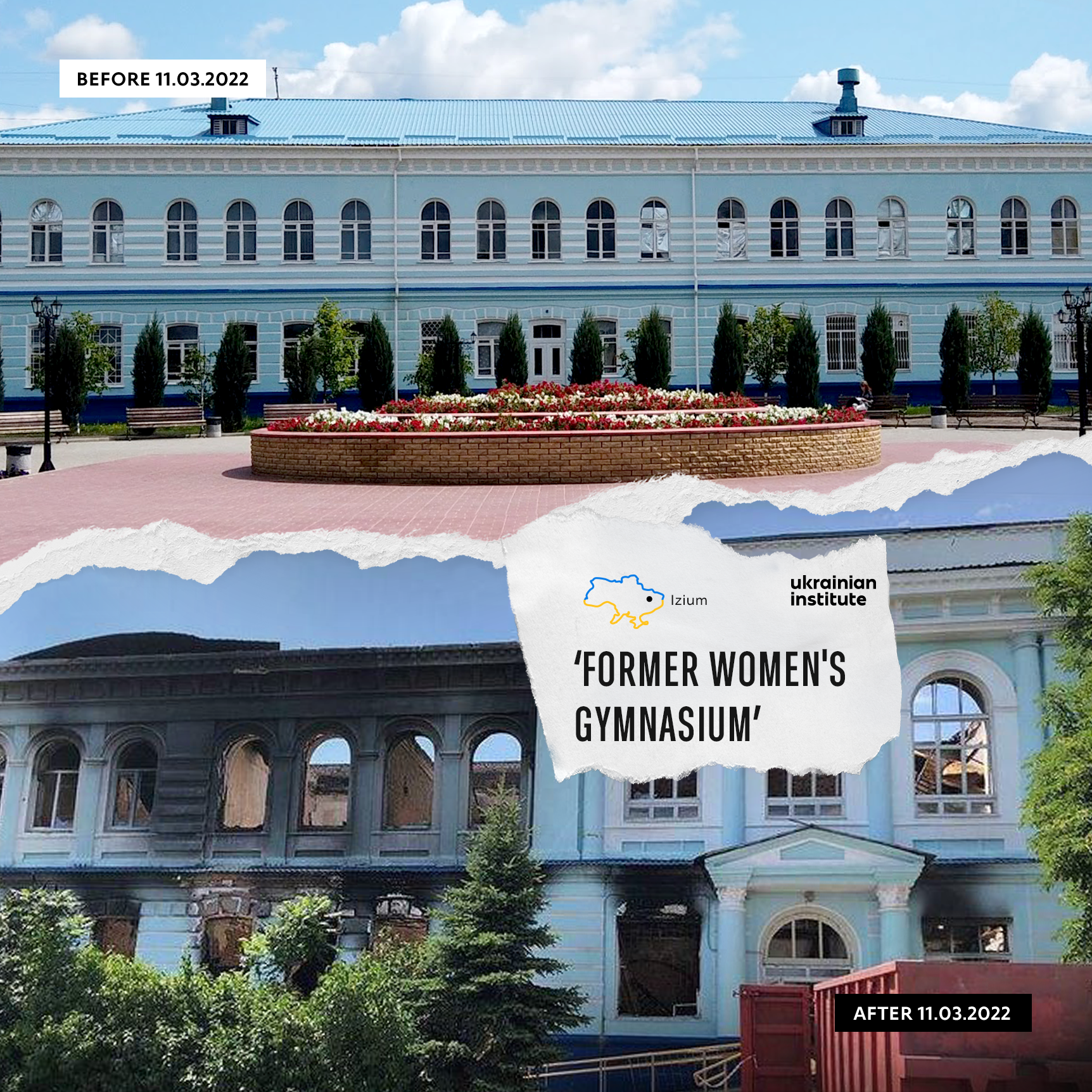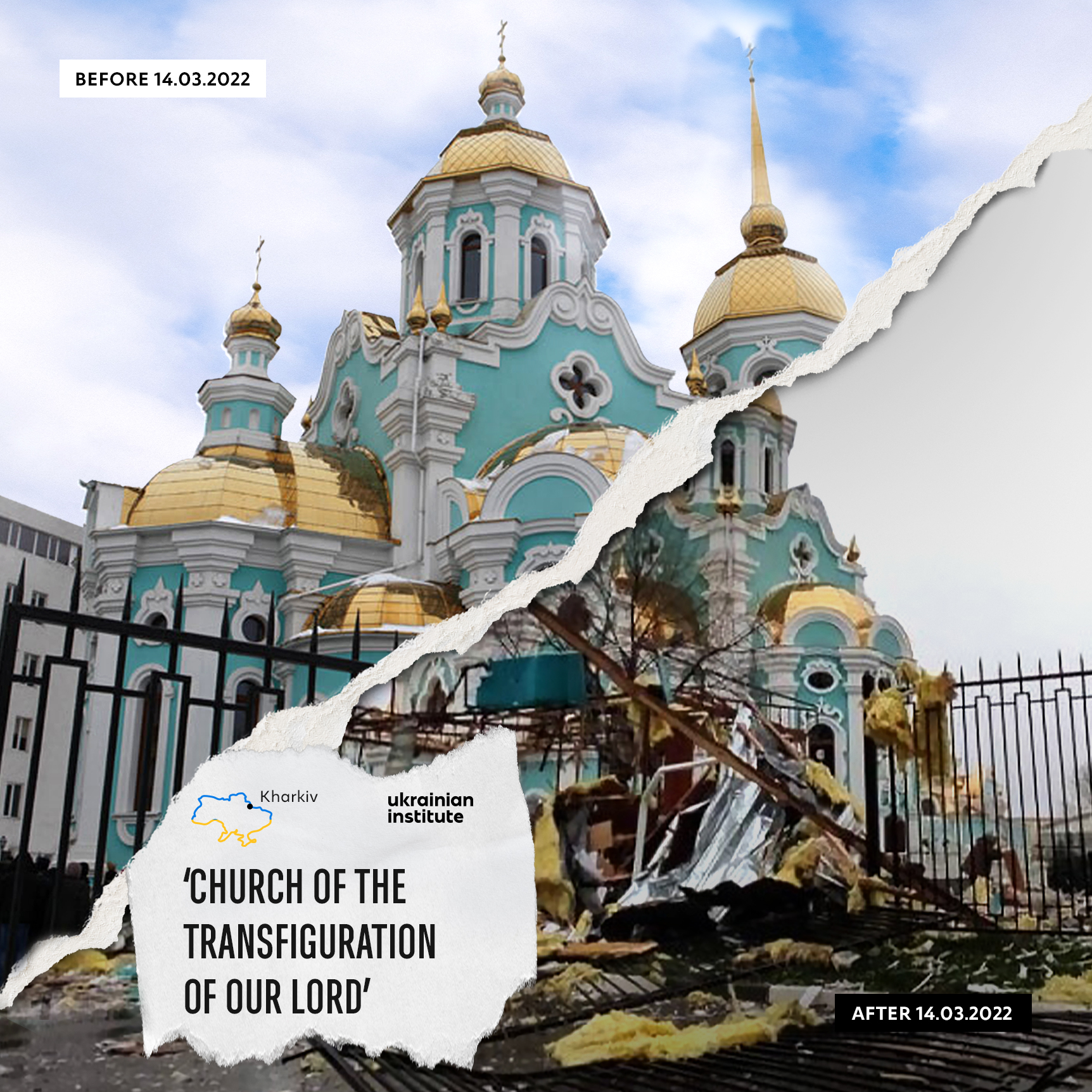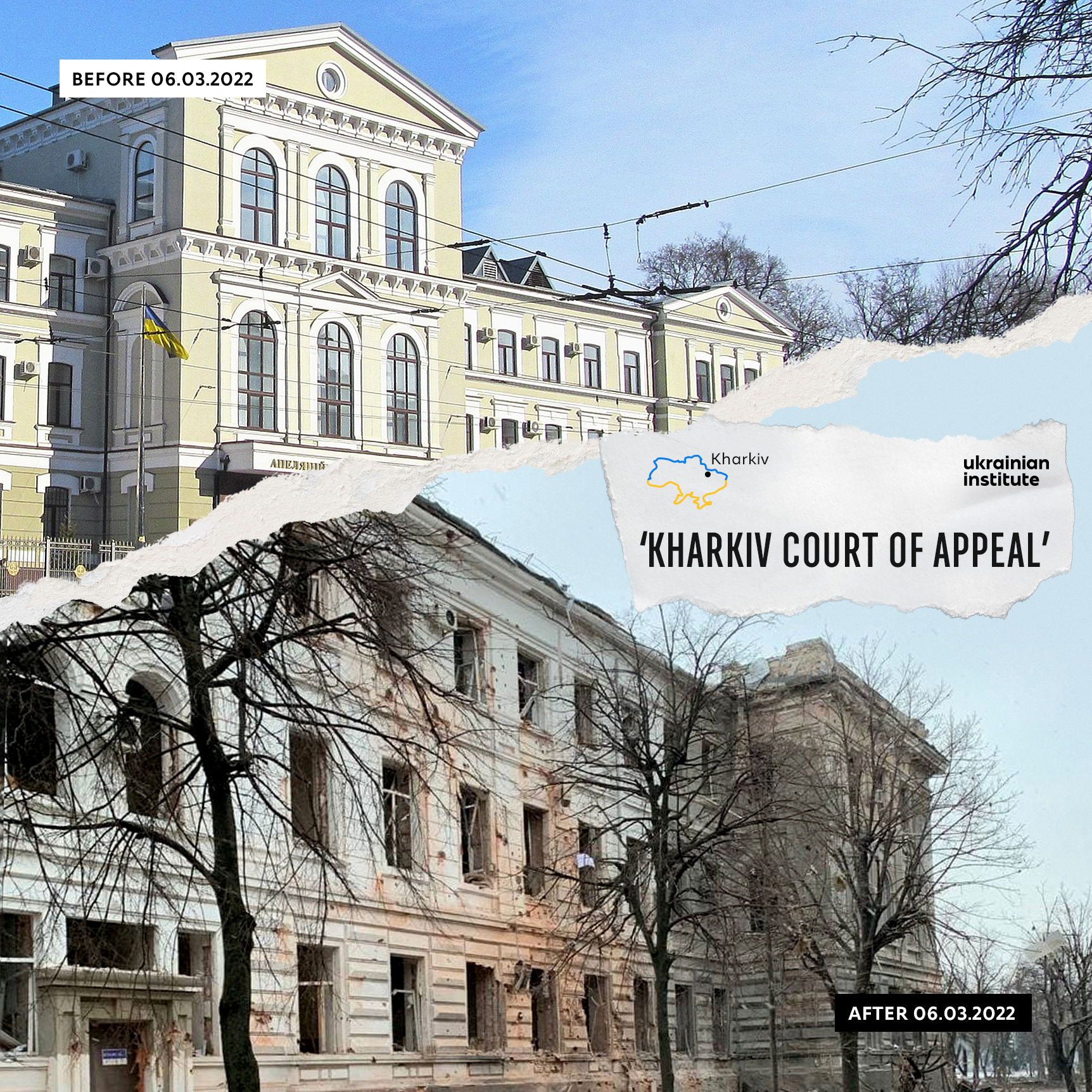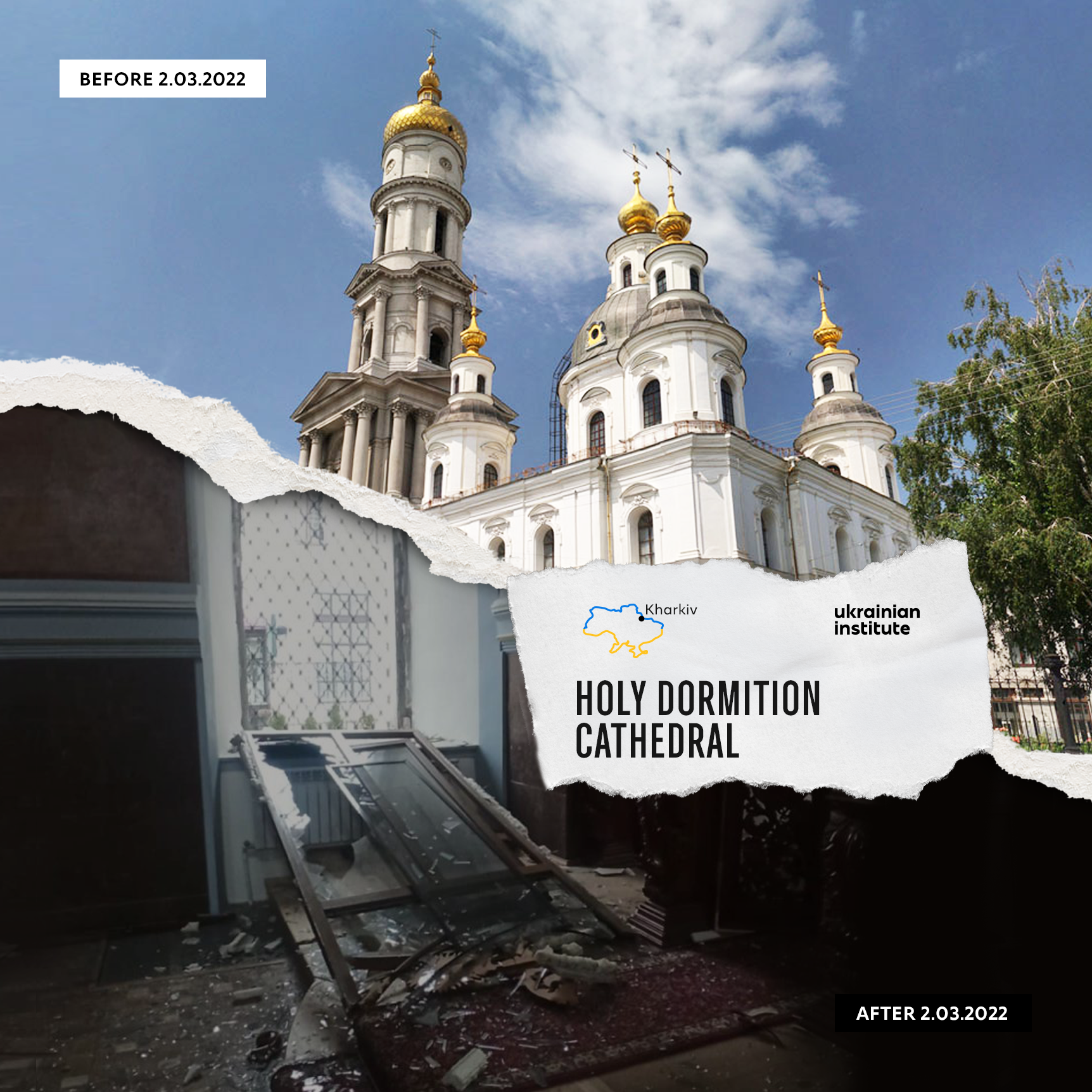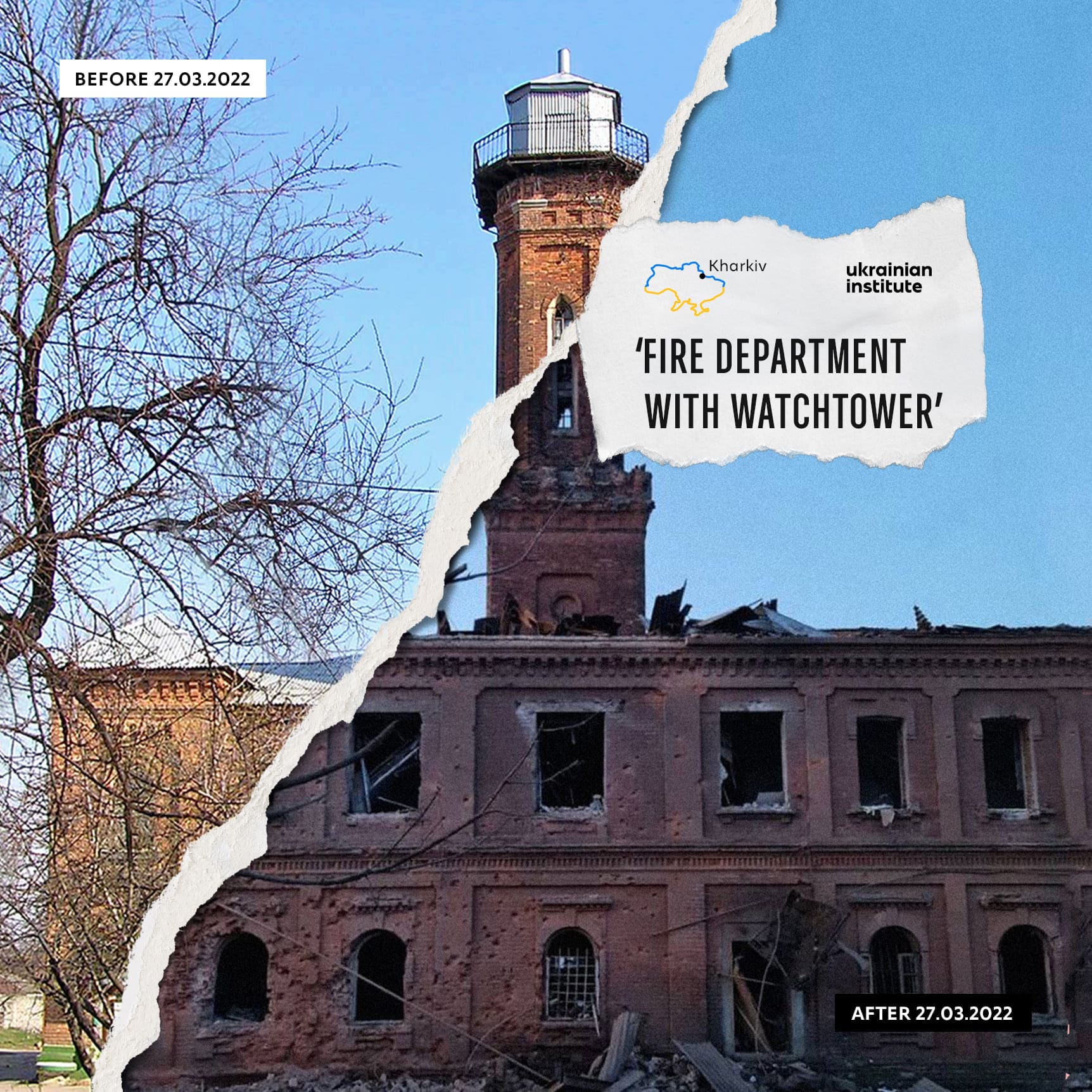
Kharkiv National University named after Vasyl Karazin, founded in 1804, is one of the oldest institutions of higher education not only in Ukraine, but also in Eastern Europe.
Kharkiv is considered the student capital of Ukraine. And Kharkiv National University, named after Vasyl Karazin, founded in 1804, is one of the oldest institutions of higher education not only in Ukraine but also in Eastern Europe. It co-signed the Magna Charta Universitatum alongside the other leading European universities, which initiated the Bologna process. This educational institution is also part of the European Nuclear Education Network Association. Remarkably, several renowned Nobel laureates, including Ilya Mechnikov, Lev Landau, and Simon Kuznets, once worked there.
Nowadays, Kharkiv National University is a robust educational institution that comprises 8 institutes and 17 departments. Its School of Economics is located in the very city centre in the historical building where the so-called People’s Commissariat of Labor was located during the Soviet times. The School of Economics’ building is a cultural landmark because it exemplifies the evolution of Ukrainian modernism towards new architectural forms, a trend that was sparked by the First World War and the revolutionary events of the late 1910s. The house of the School of Economics is one of the first ferroconcrete buildings in Ukraine. It was erected in the 1920s and designed by Serhii Tymoshenko, who is considered the father of modern Ukrainian architecture of the early 20th century.
It is noteworthy that Tymoshenko’s name was erased from the history of architecture in the Soviet era: during the struggle for independence of Ukraine and before the seizure of power by the Bolsheviks, he was authorized by the Ukrainian government to conduct negotiations with allies regarding joint anti-Bolshevik military operations. As revenge on an architect, the Bolsheviks destroyed Tymoshenko’s architectural heritage, but Ukrainian researchers did not forget it. After the collapse of the USSR, the author’s name and the building’s original purpose as an educational institution rather than an administrative site were reinstated.
However, at the end of February 2022, the studies at Kharkiv National University were interrupted by the war, like at all other universities in Ukraine. Several university buildings were damaged by the Russians’ shelling, e.g. the building of the School of Economics and Karazin Business School, as well as the School of Physics and Technology, the Central University Library, the central and north buildings of the university, the hospital and the museum of nature, the sports complex, and the building of the Institute of Public Administration. The building of the School of Economics was almost completely destroyed by Russian missiles.
Unfortunately, the Russian military’s shelling did not spare the university buildings, some of which are national monuments. In particular, the St. Anthony’s Church, built from 1823 to 1831 and designed by the Ukrainian architect Yevhen Vasyliev, suffered from bombs. In the church, which is almost 200 years old, all the windows and many religious items were broken. One of the oldest book collections in Ukraine, the Central Scientific Library of Kharkiv National University, also suffered. It was founded, as the university itself, in 1804. The Classical building with Neo-Renaissance elements that has been housing the library was constructed in 1901–1903 upon a project of Viktor Velychko, one of the most outstanding architects of Kharkiv.
Due to Russian aggression, not a single building of one of the oldest universities in Eastern Europe remained undamaged at the end of March 2022, as reported by the university’s press service. Nevertheless, Kharkiv Karazin University continues the educational process and is ready to accept new students.
The site that once carried the light of knowledge for many years may now turn into a memory itself.








